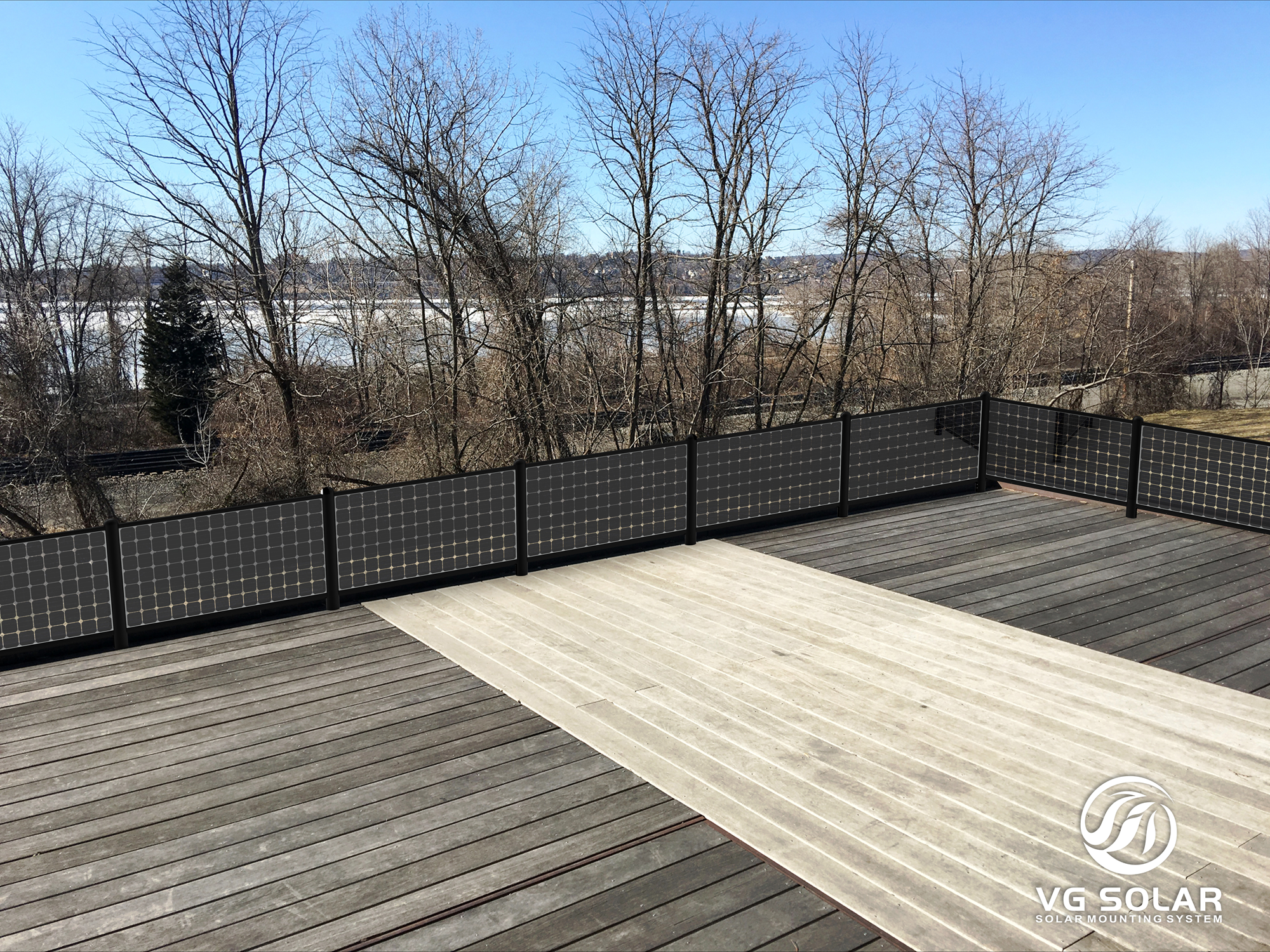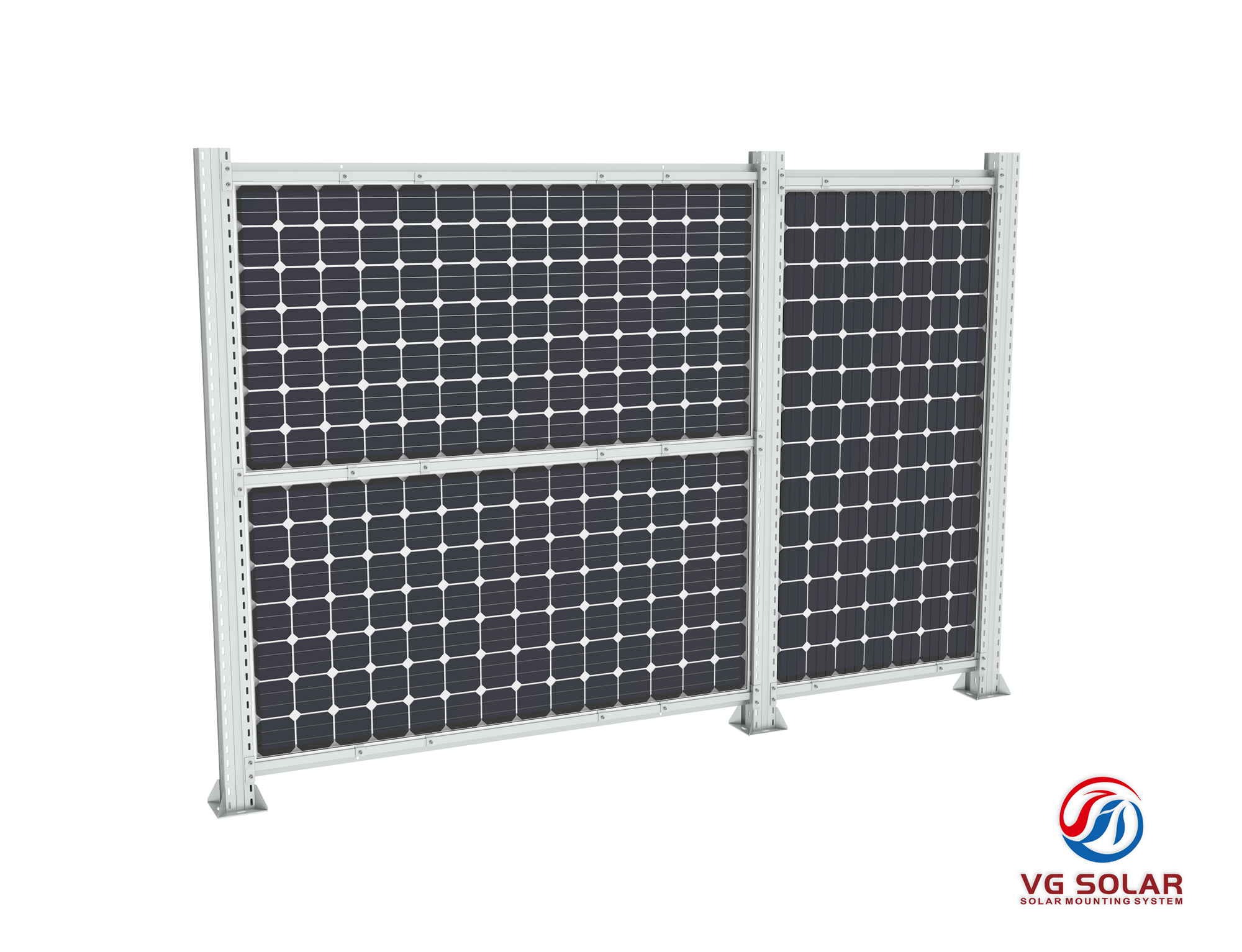In an era where sustainable energy solutions are crucial, the photovoltaic vertical support system is a groundbreaking innovation, particularly for residential properties, agricultural activities and livestock farming. Not only does the system meet people’s urgent need for renewable energy, it also breaks through traditional spatial limitations, enabling more efficient solar energy capture in various environments, including villa courtyards and agricultural landscapes.
Traditional solar energy use is often limited by the availability of flat land. Many homes and farms struggle to find enough space for solar panels as wide, unobstructed areas are usually required to maximise sunlight. However, the photovoltaic vertical support system changes this paradigm completely, enabling solar panels to be installed vertically. This innovative design makes full use of otherwise underutilised vertical spaces, such as walls and fences, effectively increasing the area available for collecting solar energy without requiring additional land.
This means that villa owners can harness solar energy without sacrificing outdoor space, even in densely populated, land-constrained areas. The vertical support system can be seamlessly integrated into a villa’s architecture, enhancing its design while providing a sustainable energy source. This not only helps to reduce the use of flat land, but also adds a modern touch to the property, making it more attractive to environmentally conscious buyers.
The advantages of photovoltaic vertical support systems are equally significant in the agriculture and livestock sectors. Farmers can install these systems on barns, silos and other buildings, enabling them to maintain crop and livestock production while generating renewable energy. This dual-use approach maximises energy production and supports the sustainability of agricultural practices. By reducing their dependence on fossil fuels, farmers can cut operating costs and help to build a greener planet.
Furthermore, the vertical support system revitalises the agricultural landscape. It encourages the adoption of innovative techniques such as vertical farming, which can be combined with solar power. This enables crops to be grown in a more space-efficient way, ultimately increasing yields and reducing environmental impact. As farmers adopt these techniques, they can create a more resilient agricultural system better able to cope with the challenges posed by climate change.
The aesthetic integration of photovoltaic systems into residential and agricultural environments is also vital for their acceptance. As society becomes more aware of the importance of sustainability, the demand for energy solutions that do not compromise on design is growing. Vertical support systems meet this demand by providing an attractive alternative to traditional solar panel installations. By harmonising energy production with architectural aesthetics, these systems encourage more homeowners and farmers to invest in renewable energy.
Overall, the PV vertical support system is a significant advancement in sustainable energy solutions. Breaking through spatial limitations, it enables homes, agricultural operations and livestock to use solar energy efficiently. Its ability to integrate with architectural aesthetics enhances the visual appeal of a house and brings new vitality to reducing the use of flat land. As we move towards a more sustainable future, innovations like the PV vertical support system will be crucial in transforming the way we harness solar energy.
Post time: Jun-26-2025


